The Image Processing and Analysis Lab (LAPI) from the Politehnica University of Bucharest is a leading teaching and research center. The founder of the lab is the late Professor Vasile Buzuloiu. The history of LAPI goes back to the beginning of the '80s, when a first real-time dedicated image processing and analysis system was designed and prototyped (SAADI). Since then, there was a continuous evolution of the peoples and the activities. Under its current status, the lab was founded in 1995.
LAPI is part of the Applied Electronics and Information Engineering Department, within the Faculty of Electronics, Telecommunications and Information Technology of the Politehnica University of Bucharest.
LAPI is entrusted with academic teaching and research at undergraduate, master and doctoral level in areas at the confluence of electronics, communications, and information technology. From the many courses thought at LAPI, its very foundation consists on: Image Processing and Analysis, Fundamentals of Information Theory.
Currently LAPI has some 20 members, 10 faculty (two professors, two associate professors, six lecturers) and some 10 researchers, PhD students and collaborators.
LAPI uses three multi-function teaching/ research labs equipped with some 40 (2012 year grade) PC workstations. LAPI operates one Dell HPC parallel computer hosted in the datacenter of the faculty. Imaging equipment is available (digital still cameras - including high-end consumer DSLRs, digital video cameras; one time-of-flight (TOF) 3D camera, various thermal cameras (FLIR E30, FLIR T620), one high-speed camera, tripods, medical-grade negatoscope, medical endoscope, camera calibration devices). The LAPI facilities include color and BW laser printing and scanning, video-projection, near-dark lightning environment control.
LAPI has established an important network of international academic and industrial partners, being involved in several national and international research projects.
Currently, the main research directions of the laboratory include:
|
|
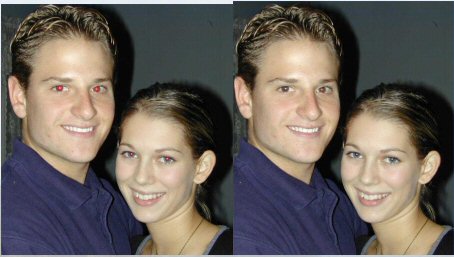
|
- automatic red eye removal |
|
|
||

|

|
|
- X-ray analysis for orthopedic applications (calcaneal trabecular structure analysis, total hip uncemented prosthesis fit) |

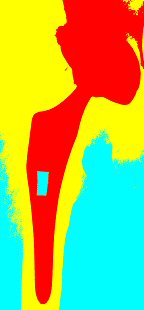
|

|
- Time of Flight cameras |
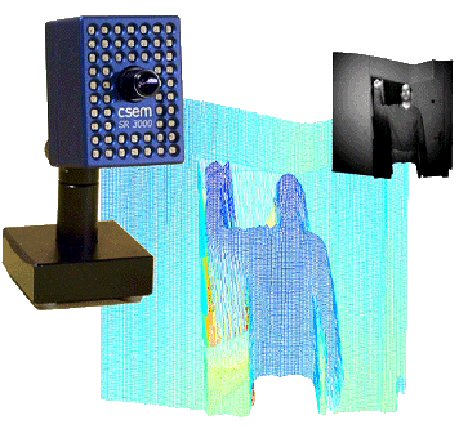
|
|
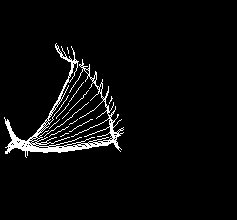

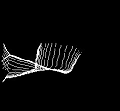
|
||
Each year, since 1995, IPAL organizes the International School "Multidimensional Signal Processing and Analysis: Methods, Algorithms, Technologies, Applications” offering intensive courses of postgraduate level held by renown professors from Europe and America.